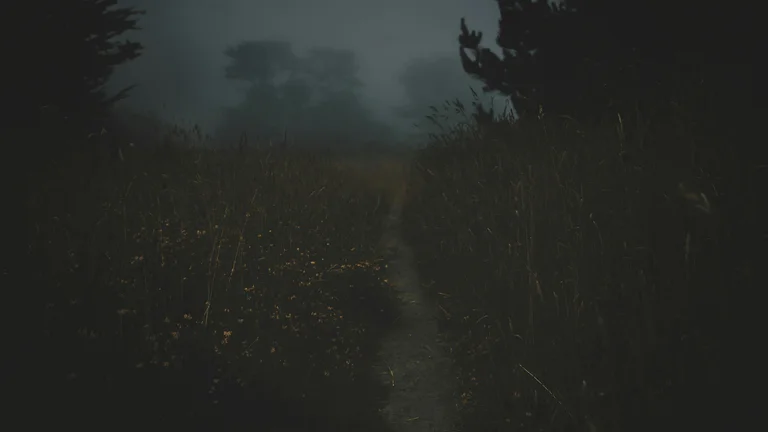Understanding the Mystery of Hidden Areas

Maps have always played a part in human exploration. At their essence, they are tools providing guidance, but what happens when they omit certain regions? Hidden areas on maps can be a source of intrigue and even misrepresentation. These spaces often stir curiosity. Several factors contribute to this phenomenon. Political boundaries, conflicts, or unclear terrain can lead to unmarked or misrepresented regions. For explorers, this lack of details can prove both a challenge and an adventure.
Historical Perspectives on Incomplete Maps
Historically, explorers have created maps reflecting their journey and observations. Early cartographers often left out uncharted territories. Sometimes, they included mythical creatures or lands that were never proven to exist. This artistic license created maps filled with imagination and mystery. Additionally, eras of colonization led to maps that hid the realities of indigenous cultures. Powerful nations controlled the information presented, shaping perceptions and guiding actions. This historical context allows us to see that maps are more than simple representations; they tell stories about cultures, conflicts, and aspirations.
Variations in Modern Mapping Techniques
Today, we rely on advanced technologies like satellite imagery and GPS. Despite these advancements, unexplored areas still remain. Some locations lack precise coordinates due to dense forests, deep oceans, or unyielding terrains. Digital mapping applications might not capture every inch of our world. Additionally, human error in data entry can create inaccuracies. While some areas could be classified as “hidden,” they can also represent rich biodiversity. Various ecological zones may not be accounted for on traditional maps, representing vast spaces that are open for exploration and research.
Impacts of Hidden Areas on Exploration
The presence of unexplored regions plays a crucial role in conservation efforts. Scientists often target these areas for ecological studies, unveiling new species or ecosystems. Hidden areas can also represent both risk and opportunity for adventurers. The draw of trekking into an unknown space can lead to discovery, but it can also present hazards. Navigating unfamiliar terrains without adequate information increases potential for accidents. Thus, responsible exploration emphasizes thorough preparation. Organizations may advocate for transparency in mapping practices to highlight these unexplored regions.
Future of Mapping: Transparency and Exploration
As technology progresses, the future of mapping seems bright. Open-source mapping projects aim to improve accessibility and accuracy. Communities can now contribute data, making exploration a shared endeavor. People and organizations collaborate to fill in the gaps left by traditional maps. Thriving interest in adventures into untouched spaces encourages a culture of shared knowledge. Enthusiasts utilize crowdsourced data to explore areas once deemed hidden. Therefore, the dialogue around unexplored maps continues to evolve.
| Aspect | Description |
|---|---|
| Historical Context | Maps reflect cultural narratives and power dynamics, often omitting indigenous territories. |
| Modern Techniques | Technology like GPS and satellite imagery improves accuracy, yet limits exist in dense terrains. |
| Exploration Risks | Unexplored areas present both adventure opportunities and potential hazards for navigators. |
| Conservation Importance | Hidden areas are vital for biodiversity studies and ecological research. |
| Future Trends | Collaborative projects and crowdsourced information are reshaping the mapping landscape. |
FAQ
What are unexplored areas on maps?
Unexplored areas are regions that are not marked or represented in detail on maps, often due to lack of data or technological limitations.
Why are some regions hidden on maps?
Regions may be hidden due to political reasons, conflicts, inadequate exploration, or simply because they are difficult to navigate.
How has technology changed our understanding of maps?
Advancements like satellite imagery and GPS have enhanced map accuracy but still leave some areas undescribed due to challenging terrains.
What impact do hidden areas have on conservation?
Hidden areas often provide biodiversity hotspots, making them essential for ecological studies and conservation efforts.
How can the public contribute to mapping efforts?
Public contributions to open-source mapping initiatives help fill gaps in knowledge and improve accuracy across platforms.
Maps that hide unexplored areas reveal a blend of history, technology, and curiosity. Despite advancements, regions remain uncharted due to various factors, influencing exploration and conservation efforts significantly.
Conclusão sobre Maps That Hide Unexplored Areas.